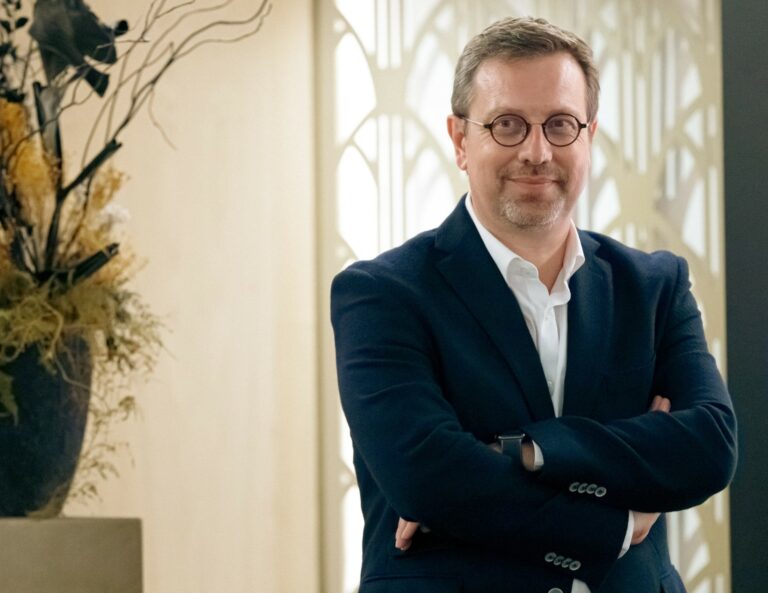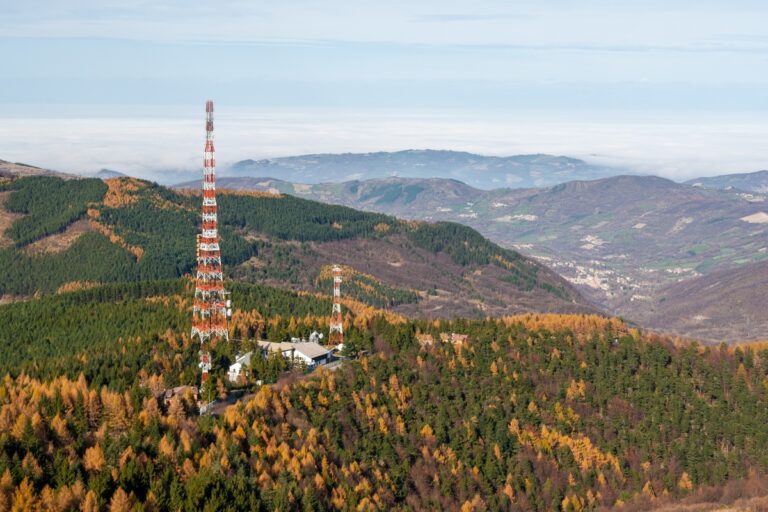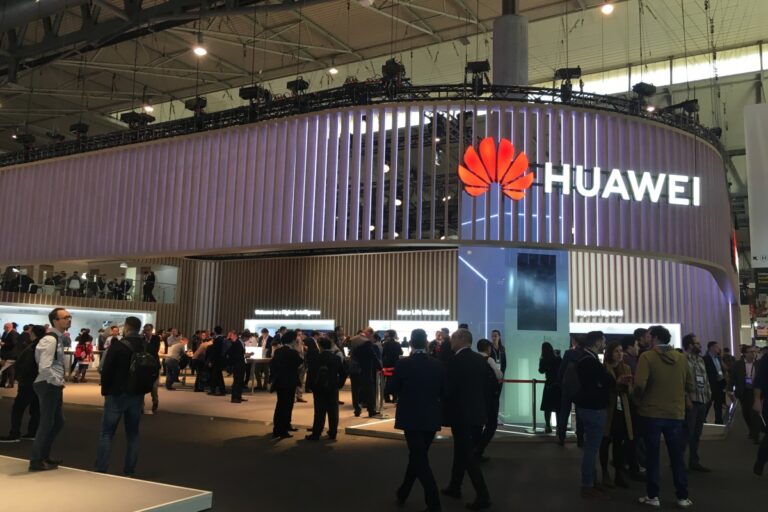Three-way fight between Bite, Tele2 and Telia
Lithuanian telecoms watchdog the telecoms regulator RRT (Rysiu Reguliavimo Tarnyba) has opened up the auction of 5G mobile spectrum in the 700MHz band, reports TeleGeography’s Comms Update.
The tender comprises the sale of the following; one package of two sets of 10MHz blocks, one being in the range of 713MHz to 723MHz the other from 768MHz to 778MHz. There are also two spectrums running for 5MHz: one is from 723MHz to 728MHz, one from 778MHz to 783MHz. Alternatively, Lithuania’s mobile operators can take their chances with the bands between 728MHz and 733MHz, or from 783MHz to 788MHz.
Bidding
The initial prices are set at €5 million and €3 million, respectively. Spectrum licences are valid for an initial period of 20 years. In January this year the RRT postponed the deadline for interested parties to submit documents for the 700MHz auction to 25 March 2022. Subsequently, the RRT confirmed that the country’s three existing mobile networks operators, Bite Lithuania, Tele2 Lithuania and Telia Lietuva, had all registered to take part in the tender. Winning bidders are subject to certain rollout and service provision obligations, including a requirement to launch commercial 5G services in at least one of the country’s five largest cities, Vilnius, Kaunas, Klaipeda, Siauliai and Panevezys, within six months and to all five by 31 December 2023.
Baltic
The Baltic countries have been cautious about adopting the new technology and there have been delays to the auction processes caused by everything from the pandemic to disagreements over licencing obligations. Latvia was the first of the three to successfully award spectrum in January 2022. All three of the country’s major mobile operators – Tele2, Latvijas Mobilais Telefons, and Bite Latvija – won a block of 700MHz spectrum each. Estonia’s auction, by contrast, is offering spectrum in the 3.5GHz band. It is currently running and bids have surpassed reserve prices by over €1 million.












